This article has been created in order to explain what is the CryptoShuffler Trojan and how to remove this malware completely from your computer.
The CryptoShuffler Trojan is a Cryptojacking virus that is capable of stealing cryptocurrency assets from the victims. It can be customized depending on the attacks and we expect to see it used in future campaigns. Continue reading our article to learn how to get rid of active infections.
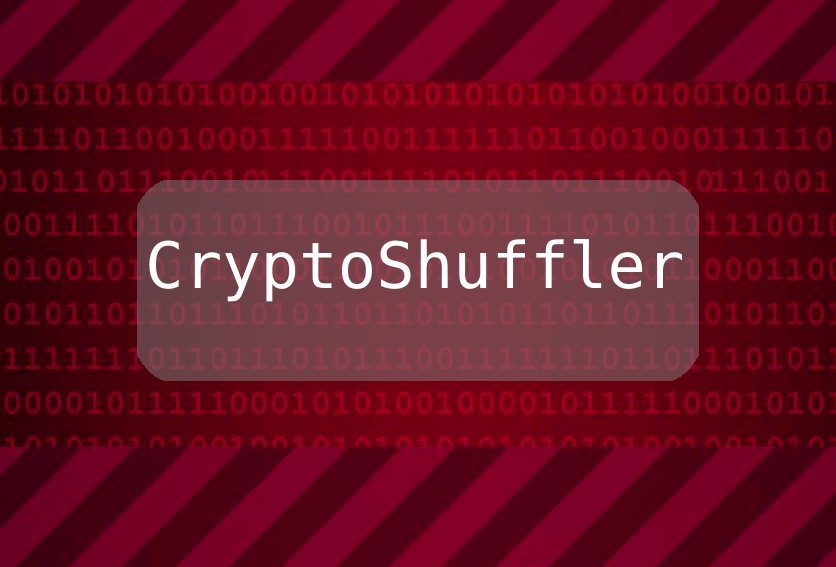
CryptoShuffler Summary
| Name | Cryptoshuffler |
| Type | Trojan Horse/Cryptojacking Virus |
| Short Description | Silently infects the target machines and modifies key applications and system services. |
| Symptoms | The user may not experience any signs of infiltration. |
| Distribution Method | Malicious web links, Malicious Files, Malicious E-Mails |
| Detection Tool |
See If Your System Has Been Affected by malware
Download
Malware Removal Tool
|
User Experience | Join Our Forum to Discuss Cryptoshuffler. |
CryptoShuffler – How Does It Infect
At the moment there is a large ongoing attack carrying the CryptoShuffler Trojan which targets computer victims on a global scale. The malware is known for being updated several times with specific distribution tactics and strategies for each one. This time the security analysis reveals that there is a mixed approach using different delivery methods at once.
A primary approach is the coordination of spam email messages that use various social engineering tricks in order to make the targets interact with the malware element and infect themselves. This is done by spreading files that cause the infections either by hyperlinking them in the body contents or directly attaching them to the messges.
The emails are also one of the primary mechanisms for deploying infected payloads. Two of the most popular types are the following:
- Infected Documents — The CryptoShuffler Trojan code can be embedded in virus documents of all kinds: rich text documents, spreadsheets or presentations. The most common way is to use macros, they are enabled after the users click on the spawned notification prompt that is executed once the document is opened.
- Software Installers — In a similar way the criminals behind the CryptoShuffler Trojan can place the dangerous code in application installers. The hackers typically download the legitimate setup files from the official vendor sites and modify them to include the malware code. Usually popular software are chosen such as system utilities, creativity suites, productivity, office programs and even computer games.
Usually cryptojacking threats like this one are delivered to the prescribed victims using web scripts. They can infect legitimate sites as well by taking advantage of affiliate and ad networks. Other methods include redirects, pop-ups, banners, in-content links and others.
In this regard the CryptoShuffler Trojan can be delivered through browser hijackers which are malware plugins made for the most popular applications: Mozilla Firefox, Safari, Microsoft Edge, Opera, Google Chrome and Internet Explorer. They are usually distributed on the browser plugin repositories with elaborate descriptions and fake user reviews. Once installed they redirect the users to a hacker-controlled site and deliver the accompanying virus.
CryptoShuffler – More Information and Analysis
The CryptoShuffler Trojan was detected for the first time in August 2016 with several major updaets since then. It’s code has been found on the hacker underground markets and used in other viruses. One of the distinct characteristics of it is that it is often accompanied with miners. This means that certain version of it can bundle such code in a hybrid form.
The associated malware engine has been found to be modular in nature and this means that it can be customized to reflect the predetermined targets.
Like ransomware threats it may begin the infection with a data harvesting component. Unlike viruses the threat may not be interested in personal data that can directly reveal the victim’s identity. Rather it harvests details about the hardware components and running services. Using the list of installed applications the CryptoShuffler Trojan can perform a security bypass action. This is used to prevent programs and services from interrupting the virus’s proper execution. Target applications include anti-virus apps, virtual machine hosts and sandbox environments. In advanced configurations we have seen malware that remove themselves if they are unable to overcome the security measures.
Various Windows Registry changes can follow. Usually this targets user-installed applications entries that can lead to the inability to launch certain functions and services. When the operating system entries are affected overall performance may degrade severely. Changes to it can also make the CryptoShuffler Trojan infection a persistent threat. This means that it will automatically start once the computer is booted. The boot options themselves are changing by removing the possibility to enter into the recovery boot menu. This prevents most of the manual removal attempts, in such situations the only to effectively recover the compromised hosts is to use an automated anti-spyware solution. Refer to our removal instructions in this article.
A special “service daemon” is instituted onto the computer which monitors the web browser activities. The cryptojacking activities are a special kind of intrusion attacks. The associated malware engines looks out for any interaction with cryptocurrency-related sites and software wallets. Whenever a transfer is made the virus will automatically replace the recipient address so that the funds will be sent to the hackers. Additionally the hacker operators of the CryptoShuffler Trojan can hijack any found wallets and account credentials to online cryptocurrency platforms.
Usually this is done by looking for strings associated with Bitcoin or aany of the popular alternatives such as Monero, Dash, Ethereum, Zcash and Bitcoin Cash.
CryptoShuffler Trojan code can initiate a server connection to a hacker-controlled server. This is used to report the gathered information. In certain configurations it can be used to spy upon the victims in real-time and take over control of the infected hosts. We would like to remind our readers that such actions can be used to deploy additional threats to the machines.
Remove CryptoShuffler Effectively from Windows
In order to fully get rid of this cryptocurrency miner Trojan, we advise you to follow the removal instructions underneath this article. They are made so that they help you to isolate and then delete the CryptoShuffler Trojan either manually or automatically. If manual removal represents difficulty for you, experts always advise to perform the removal automatically by running an anti-malware scan via specific software on your PC. Such anti-malware program aims to make sure that the CryptoShuffler is fully gone and your Windows OS stays safe against any future malware infections.
Preparation before removing Cryptoshuffler.
Before starting the actual removal process, we recommend that you do the following preparation steps.
- Make sure you have these instructions always open and in front of your eyes.
- Do a backup of all of your files, even if they could be damaged. You should back up your data with a cloud backup solution and insure your files against any type of loss, even from the most severe threats.
- Be patient as this could take a while.
- Scan for Malware
- Fix Registries
- Remove Virus Files
Step 1: Scan for Cryptoshuffler with SpyHunter Anti-Malware Tool
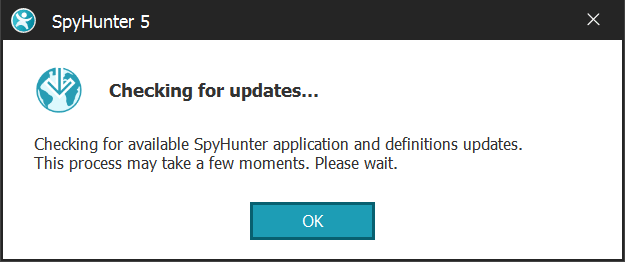

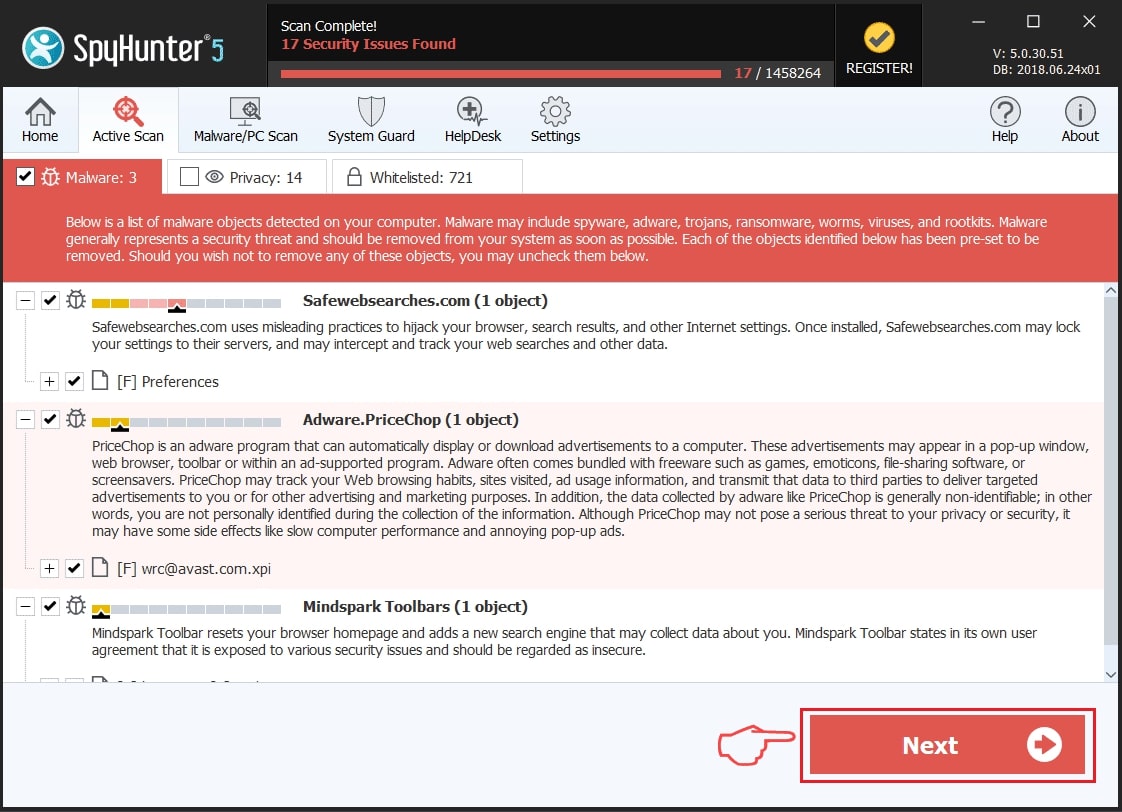
Step 2: Clean any registries, created by Cryptoshuffler on your computer.
The usually targeted registries of Windows machines are the following:
- HKEY_LOCAL_MACHINE\Software\Microsoft\Windows\CurrentVersion\Run
- HKEY_CURRENT_USER\Software\Microsoft\Windows\CurrentVersion\Run
- HKEY_LOCAL_MACHINE\Software\Microsoft\Windows\CurrentVersion\RunOnce
- HKEY_CURRENT_USER\Software\Microsoft\Windows\CurrentVersion\RunOnce
You can access them by opening the Windows registry editor and deleting any values, created by Cryptoshuffler there. This can happen by following the steps underneath:


 Tip: To find a virus-created value, you can right-click on it and click "Modify" to see which file it is set to run. If this is the virus file location, remove the value.
Tip: To find a virus-created value, you can right-click on it and click "Modify" to see which file it is set to run. If this is the virus file location, remove the value.Step 3: Find virus files created by Cryptoshuffler on your PC.
1.For Windows 8, 8.1 and 10.
For Newer Windows Operating Systems
1: On your keyboard press + R and write explorer.exe in the Run text box and then click on the Ok button.
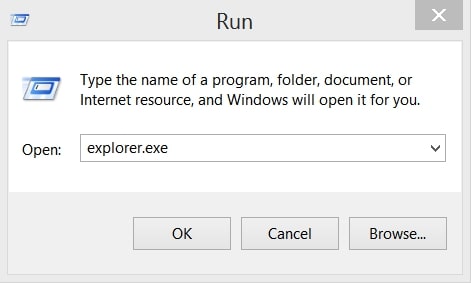
2: Click on your PC from the quick access bar. This is usually an icon with a monitor and its name is either “My Computer”, “My PC” or “This PC” or whatever you have named it.
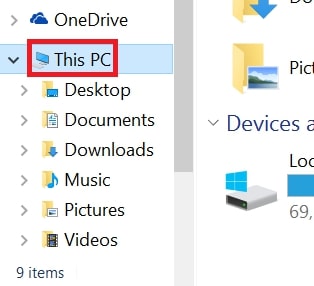
3: Navigate to the search box in the top-right of your PC's screen and type “fileextension:” and after which type the file extension. If you are looking for malicious executables, an example may be "fileextension:exe". After doing that, leave a space and type the file name you believe the malware has created. Here is how it may appear if your file has been found:
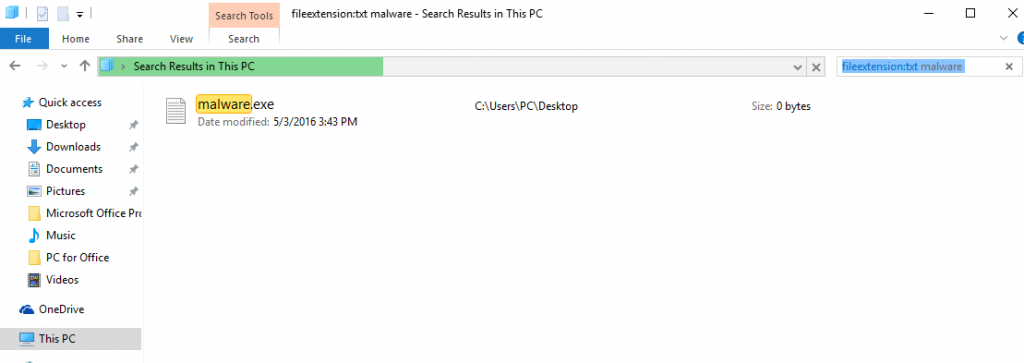
N.B. We recommend to wait for the green loading bar in the navigation box to fill up in case the PC is looking for the file and hasn't found it yet.
2.For Windows XP, Vista, and 7.
For Older Windows Operating Systems
In older Windows OS's the conventional approach should be the effective one:
1: Click on the Start Menu icon (usually on your bottom-left) and then choose the Search preference.
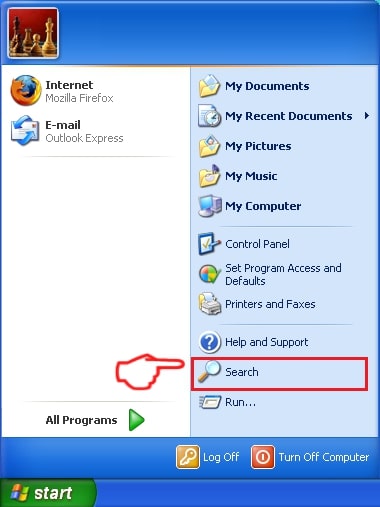
2: After the search window appears, choose More Advanced Options from the search assistant box. Another way is by clicking on All Files and Folders.
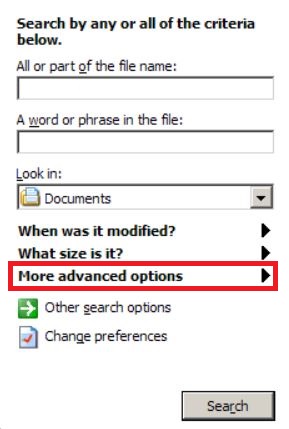
3: After that type the name of the file you are looking for and click on the Search button. This might take some time after which results will appear. If you have found the malicious file, you may copy or open its location by right-clicking on it.
Now you should be able to discover any file on Windows as long as it is on your hard drive and is not concealed via special software.
Cryptoshuffler FAQ
What Does Cryptoshuffler Trojan Do?
The Cryptoshuffler Trojan is a malicious computer program designed to disrupt, damage, or gain unauthorized access to a computer system. It can be used to steal sensitive data, gain control over a system, or launch other malicious activities.
Can Trojans Steal Passwords?
Yes, Trojans, like Cryptoshuffler, can steal passwords. These malicious programs are designed to gain access to a user's computer, spy on victims and steal sensitive information such as banking details and passwords.
Can Cryptoshuffler Trojan Hide Itself?
Yes, it can. A Trojan can use various techniques to mask itself, including rootkits, encryption, and obfuscation, to hide from security scanners and evade detection.
Can a Trojan be Removed by Factory Reset?
Yes, a Trojan can be removed by factory resetting your device. This is because it will restore the device to its original state, eliminating any malicious software that may have been installed. Bear in mind that there are more sophisticated Trojans that leave backdoors and reinfect even after a factory reset.
Can Cryptoshuffler Trojan Infect WiFi?
Yes, it is possible for a Trojan to infect WiFi networks. When a user connects to the infected network, the Trojan can spread to other connected devices and can access sensitive information on the network.
Can Trojans Be Deleted?
Yes, Trojans can be deleted. This is typically done by running a powerful anti-virus or anti-malware program that is designed to detect and remove malicious files. In some cases, manual deletion of the Trojan may also be necessary.
Can Trojans Steal Files?
Yes, Trojans can steal files if they are installed on a computer. This is done by allowing the malware author or user to gain access to the computer and then steal the files stored on it.
Which Anti-Malware Can Remove Trojans?
Anti-malware programs such as SpyHunter are capable of scanning for and removing Trojans from your computer. It is important to keep your anti-malware up to date and regularly scan your system for any malicious software.
Can Trojans Infect USB?
Yes, Trojans can infect USB devices. USB Trojans typically spread through malicious files downloaded from the internet or shared via email, allowing the hacker to gain access to a user's confidential data.
About the Cryptoshuffler Research
The content we publish on SensorsTechForum.com, this Cryptoshuffler how-to removal guide included, is the outcome of extensive research, hard work and our team’s devotion to help you remove the specific trojan problem.
How did we conduct the research on Cryptoshuffler?
Please note that our research is based on an independent investigation. We are in contact with independent security researchers, thanks to which we receive daily updates on the latest malware definitions, including the various types of trojans (backdoor, downloader, infostealer, ransom, etc.)
Furthermore, the research behind the Cryptoshuffler threat is backed with VirusTotal.
To better understand the threat posed by trojans, please refer to the following articles which provide knowledgeable details.


